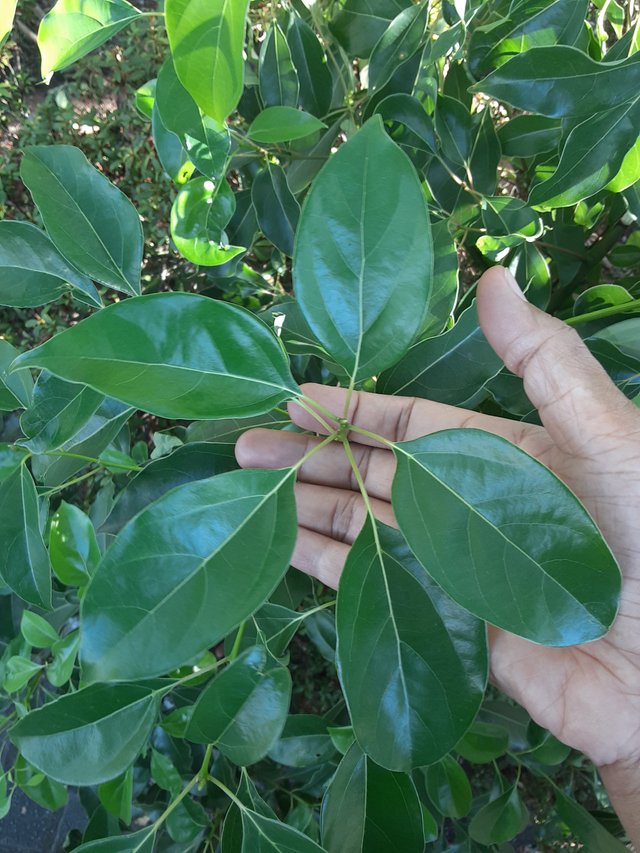Cinnamomum tenuifolium, a versatile plant with leaves that can be used for a variety of purposes, including making tea and treating medical conditions

Cinnamomum tenuifolium is a species of evergreen tree or shrub in the Lauraceae family. It is native to Japan, Korea, and China.
The leaves of Cinnamomum tenuifolium are ovate-elliptic, with margins entire or occasionally repand, with acute apices and broadly cuneate to subrounded bases. Upper leaf surfaces are shiny green to yellowish-green, while the undersides are opaque and lighter in color.
Mature leaves are dark green. Young leaves are reddish brown to yellowish-red. The leaves are glabrous on both surfaces or sparsely puberulent beneath only when young; the leaves are mostly triplinerved or sometimes inconspicuously five-nerved, with conspicuous midrib on both surfaces.
The leaves of Cinnamomum tenuifolium have a number of uses. They can be used to make tea, which has a sweet and spicy flavor. The leaves can also be used to make essential oil, which has a number of medicinal properties. The oil can be used to treat respiratory problems, such as coughs and colds. It can also be used to treat skin problems, such as acne and eczema.
The leaves of Cinnamomum tenuifolium are also used in traditional Japanese medicine. They are said to have anti-inflammatory, antibacterial, and antifungal properties. The leaves can be used to treat a variety of conditions, including fever, diarrhea, and dysentery.
Overall, the leaves of Cinnamomum tenuifolium are a versatile and useful plant material. They can be used for a variety of purposes, from making tea to treating medical conditions.
Ref.:
 |  |
Upvoted! Thank you for supporting witness @jswit.